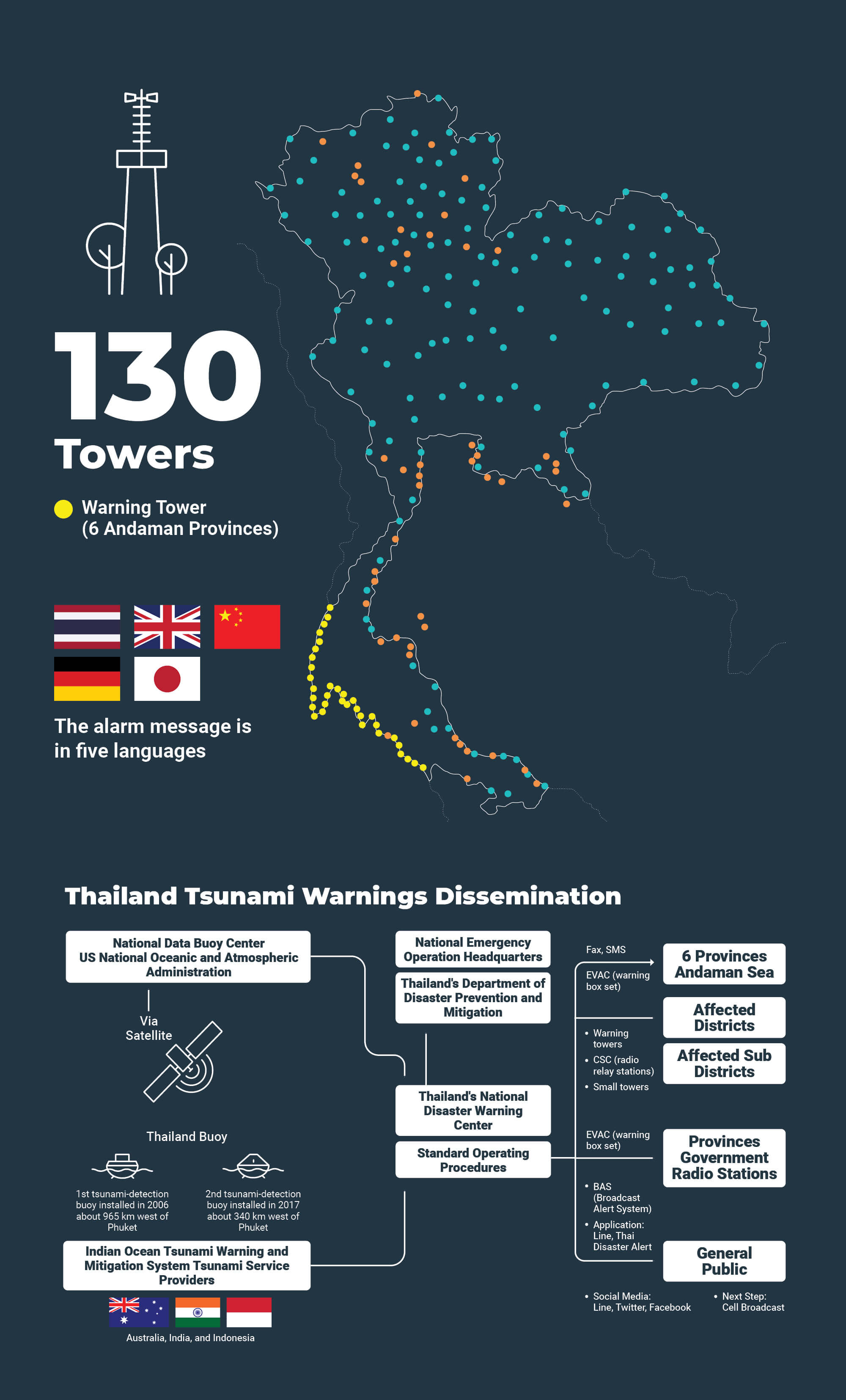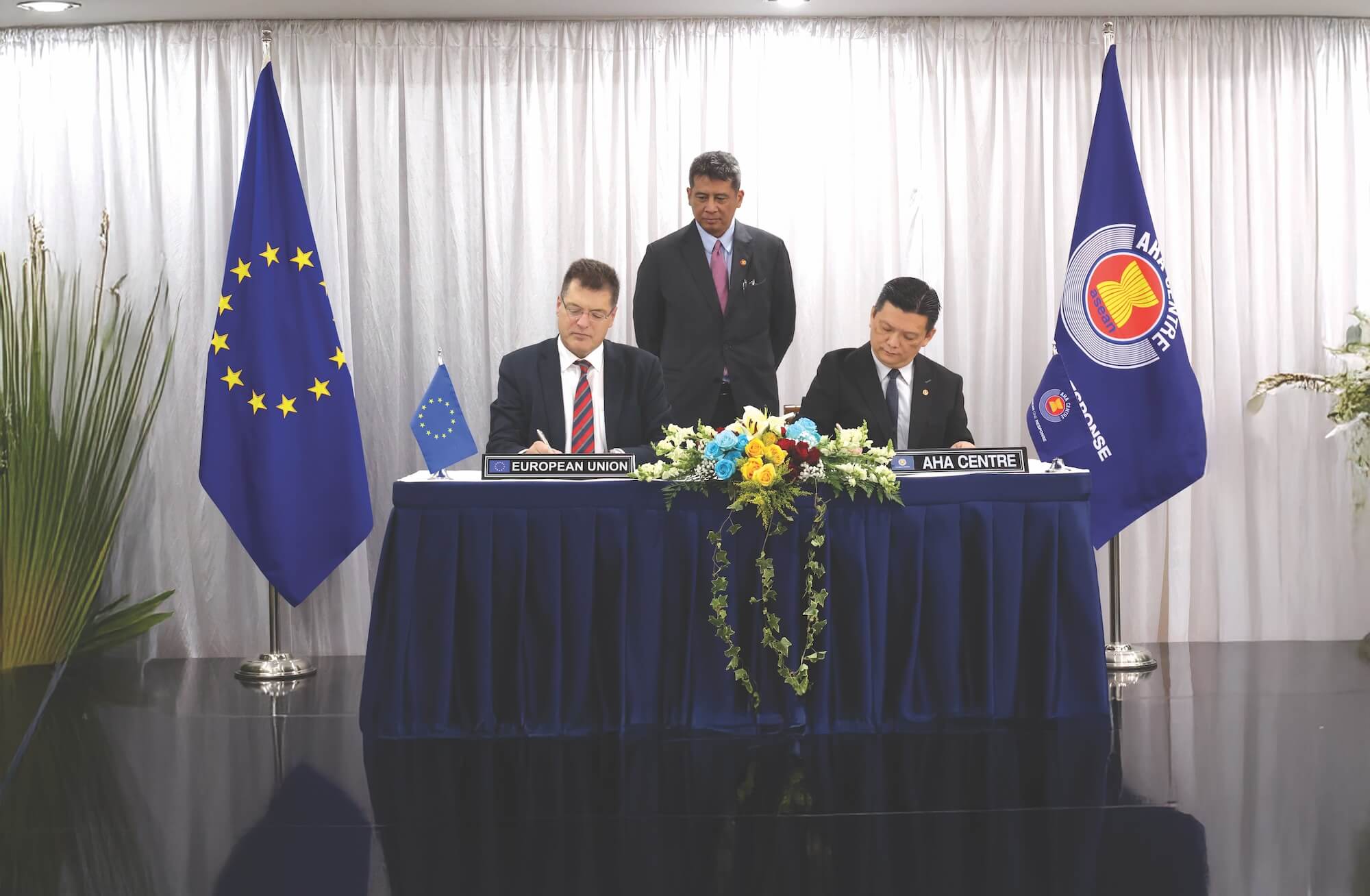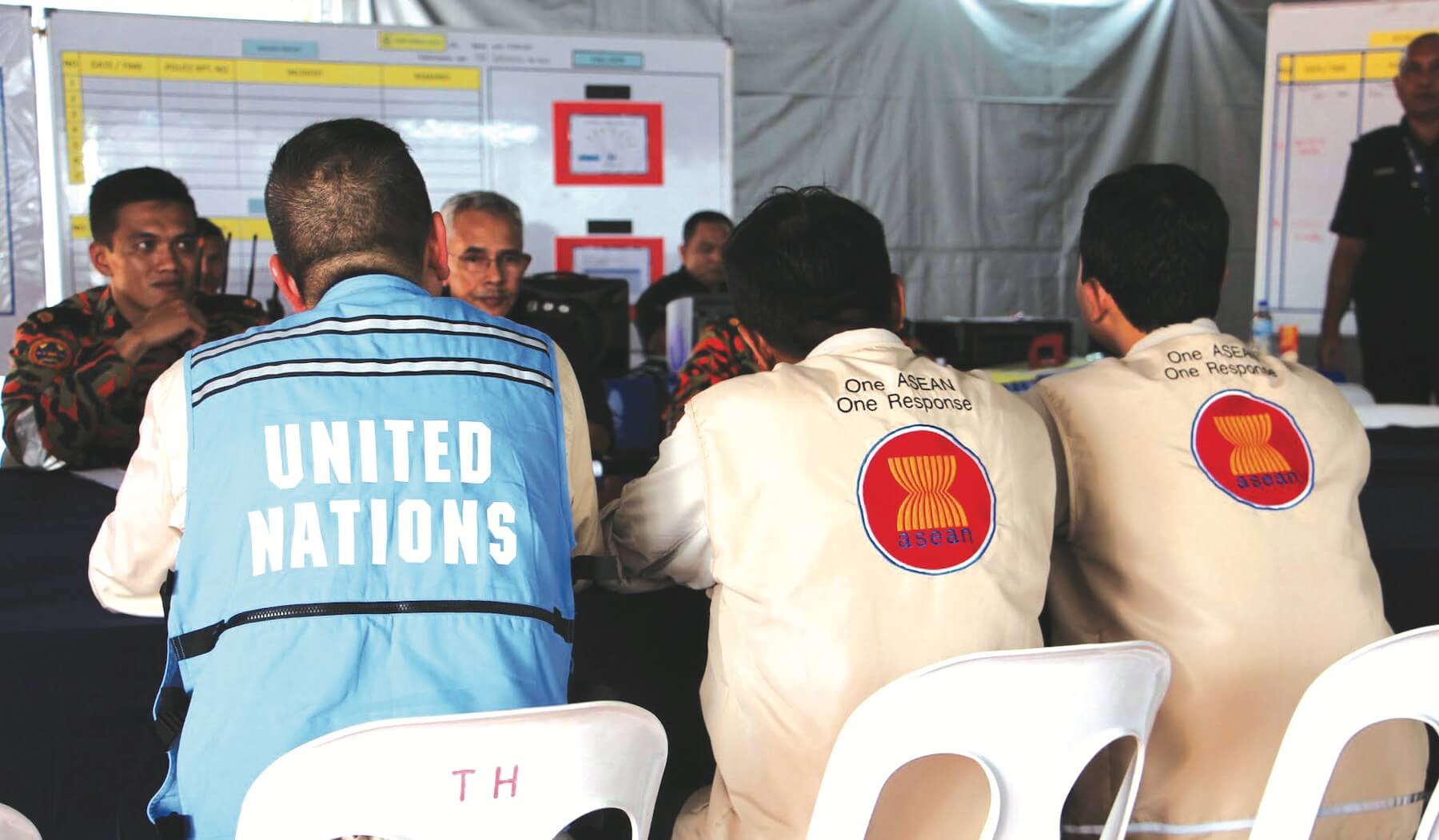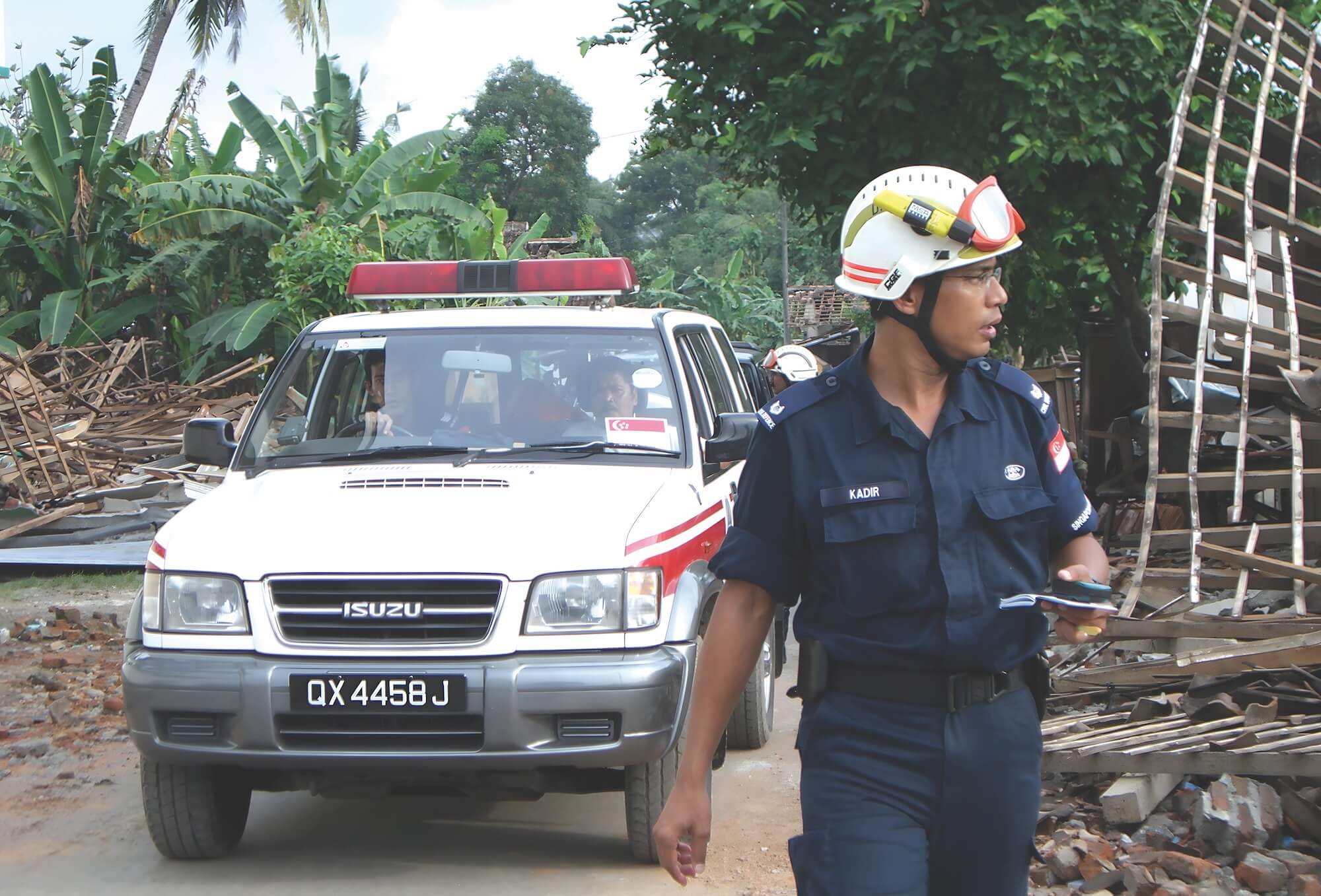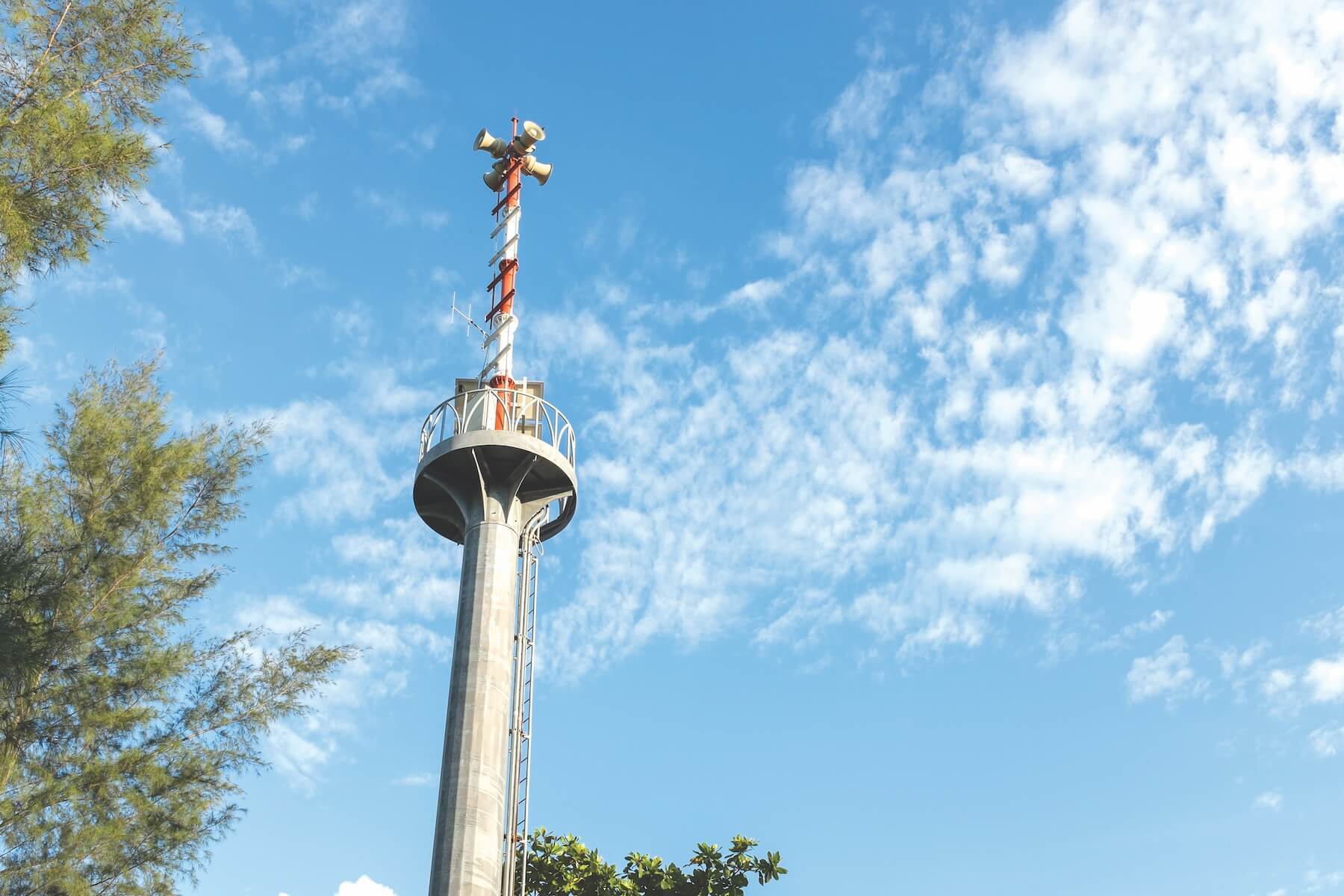



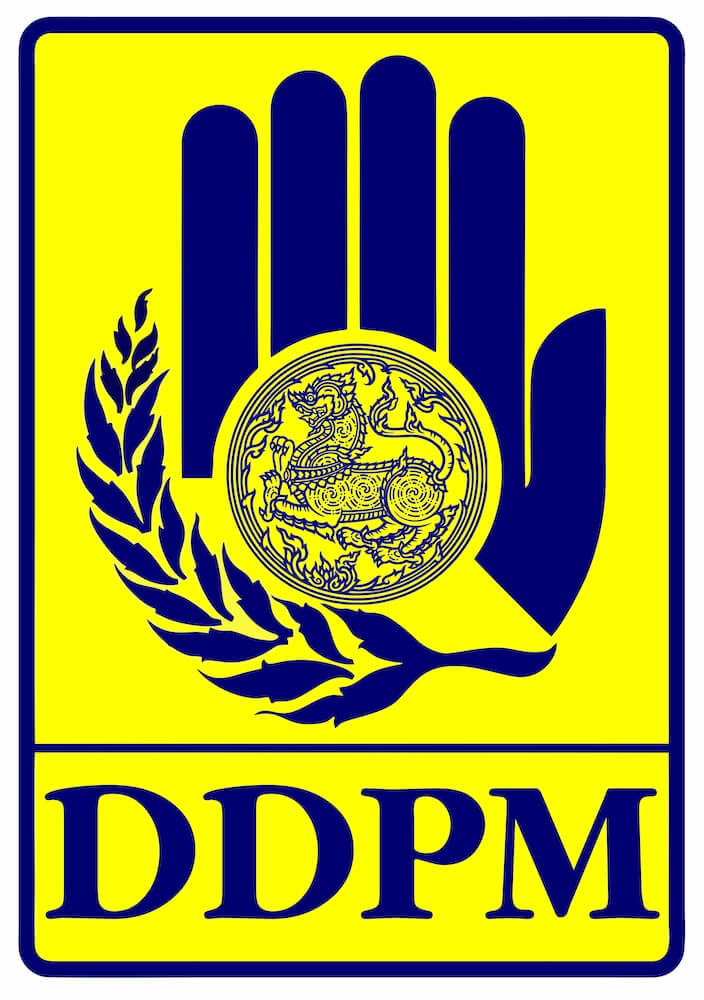
On 26 December 2004, the Earthquake Observation Division under the Thailand Meteorological Department detected and issued an announcement to inform the public that an earthquake occurred in the sea off the west coast of Sumatra.
The Tsunami Early Warning System was not yet established at that time. There was no sufficient knowledge and experts on tsunamis. Most tourists and local people were not aware and did not have enough knowledge about tsunamis. There was no emergency response plan in the six Andaman Coastal Provinces. Hence, many people lost their lives and properties.
Since then, Thailand has improved and invested in a multi-hazard warning system for tsunamis and has been conducting drills/exercises regularly in Thailand.
It has also formulated a disaster risk management plan at all levels, from national to local communities, under the concept of “build back better” for a resilient society.
Thailand’s regulations and guidelines for efficient disaster management include the following:
i. Disaster Prevention and Mitigation Act (2007) which designated the Department of Disaster Prevention and Mitigation (DDPM) as the central government agency to operate any related activities on national disaster preparedness and emergency response. It has the power and authority to operate on disaster prevention and mitigation at the policy and operational levels before, during, and after the disaster.
ii. The Nation Disaster Prevention and Mitigation Plan (2010-2014) is the framework for national disaster prevention and mitigation. It defines the roles of government agencies and other relevant agencies, and sets the guideline on disaster management, from disaster warning to recovery.
Thailand has established the National Disaster Warning Center with the responsibility of monitoring and disseminating early warning to relevant agencies and people in areas at risk. From issuing tsunami warnings, it has also expanded its responsibility to different hazards in the country.
Thailand’s tsunami warning system includes two buoys installed in the Indian Ocean Rim and Andaman Coastal area to monitor undersea megathrust earthquakes with a potential to generate tsunami waves. It also installed two Automatic Tidal Gauge stations at Miang Island, Phang Nga Province and Racha Noi Island, Phuket Province to confirm if a tsunami will impact Thailand (last mile warning).
Thailand also set up 130 warning towers, 47 evacuation towers, 74 CSC (radio relay station) towers, and 22 information towers to alert people in at-risk areas and ensure timely evacuation. The alarm message is in five languages including Thai, English, Chinese, German, and Japanese.
